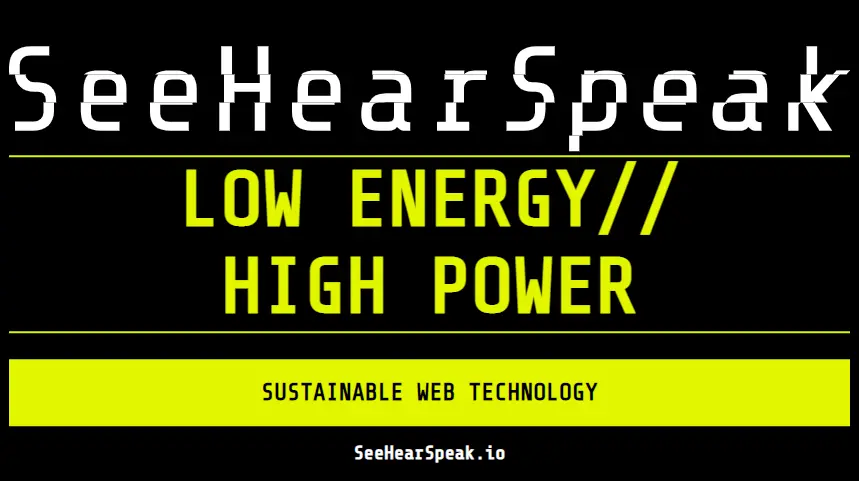Updated on: 29/04/2023

In recent years, there has been a growing awareness of the importance of reducing carbon emissions in order to mitigate the effects of climate change. One area that has received relatively little attention in this regard is website performance. However, there is a clear relationship between website performance, core web vitals, and low carbon emissions.
Website performance refers to how quickly a website loads and how well it responds to user input. Core web vitals are a set of metrics that measure aspects of website performance that are critical to user experience, such as loading speed, interactivity, and visual stability. Low carbon emissions refer to the reduction of carbon emissions associated with website usage.
One of the primary ways in which website performance and core web vitals impact carbon emissions is through the energy consumption of data centers that host websites. Data centers require a significant amount of energy to operate, and this energy consumption contributes to carbon emissions. However, improving website performance and core web vitals can reduce the amount of energy required to deliver a high-quality user experience.
For example, optimizing images and videos on a website can reduce the amount of data that needs to be transmitted, which in turn reduces the amount of energy required to deliver that data. Similarly, reducing the number of third-party scripts and plugins on a website can reduce the amount of processing power required to render the website, which can also reduce energy consumption.
Improving website performance and core web vitals can also have a positive impact on user behavior. Studies have shown that users are more likely to stay on a website and engage with its content if it loads quickly and responds well to their input. This can reduce the number of times users need to reload or navigate away from a website, which in turn reduces the amount of energy required to deliver the same content.
In conclusion, there is a clear relationship between website performance, core web vitals, and low carbon emissions. Improving website performance and core web vitals can reduce the energy required to deliver each webpage, which in turn can reduce carbon emissions associated with website usage. As we work towards a more sustainable future, optimizing website performance and core web vitals should be a key consideration for website owners and developers.







